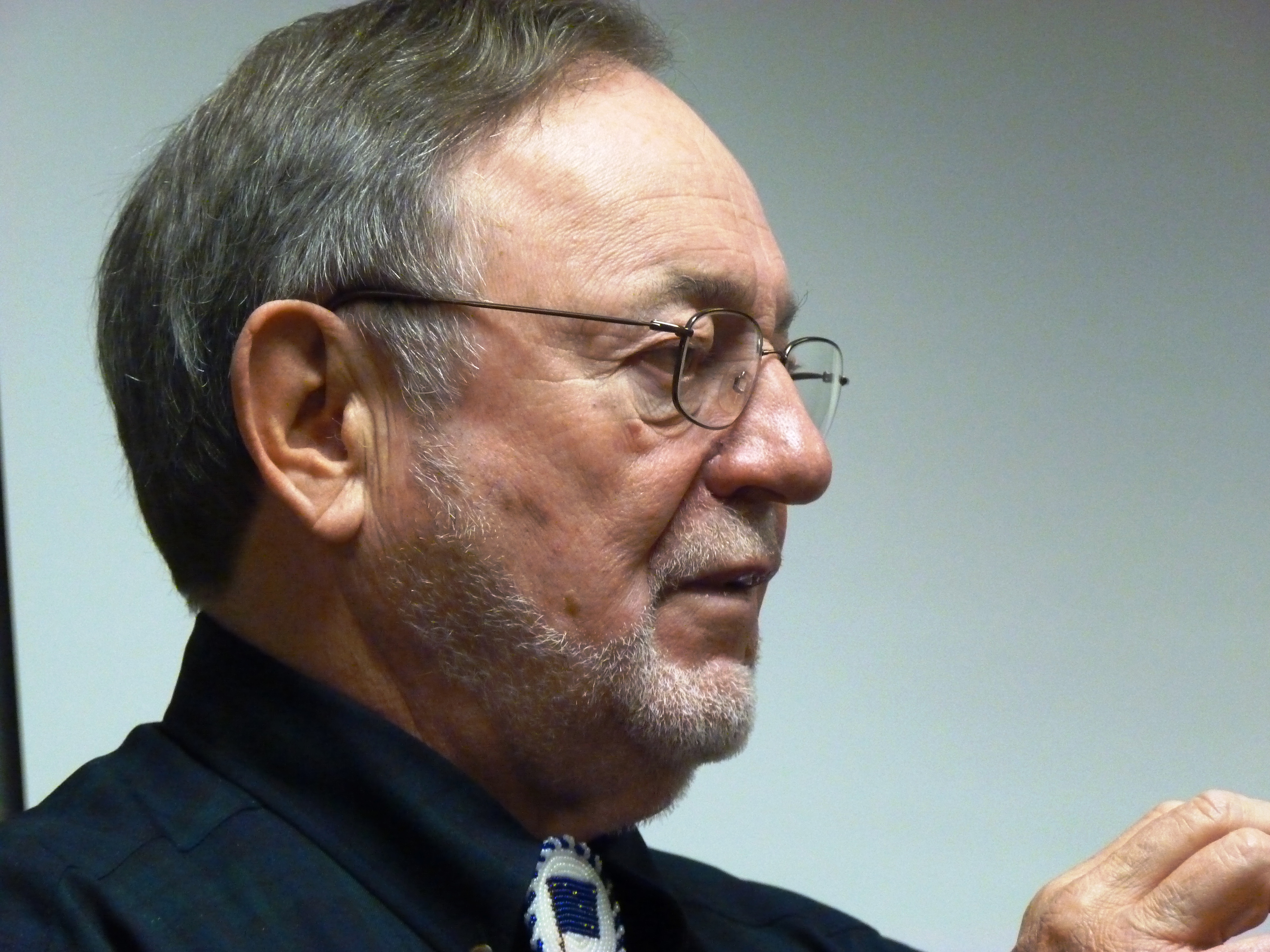
SITKA, ALASKA
The nearly 40-year-old Marine Mammal Protection Act allows Alaska Natives to catch otters for subsistence use. It limits sales to pelts turned into handicrafts, clothing and similar objects.
 Alaska Congressman Don Young wants to allow Natives to increase subsistence harvests and sell whole otter pelts.
Alaska Congressman Don Young wants to allow Natives to increase subsistence harvests and sell whole otter pelts.
“I believe this is a way that the state could set, or the federal government, depending on who has control, an amount of take that could sustain the species. And it would give value to it, to a village or to an individual Native person interested in taking the sea otter,” he says.
Most of Alaska’s sea otters were wiped out by Russian, and later American, hunters during the 1800s and early 1900s. Their decimated numbers led to protection measure nearly a century ago. But in recent years, their presence in Southeast has greatly increased.
Commercial fishermen and shellfish farmers say their livelihood is being threatened by the growing population. Julianne Curry is executive director of the Petersburg Vessel Owners Association.
“The sea otter growth in Southeast Alaska has caused a lot of concern for many folks here, and not just commercial fishermen who use the Dungeness resources and a lot of shellfish resources. It’s also the subsistence and personal use harvesters who are finding it harder and harder to be able to get food for their freezers because of the otter growth,” she says.
Young says he introduced the legislation after hearing from fishermen.
Icicle Seafoods Petersburg Fleet Manager Randy Lantiegne says he’s heard from them too.
“We’ve seen fleet consolidation into areas that do not have an otter presence. And overall we’re seeing Dungeness crab harvest numbers, especially landed in Petersburg here, on the decline as the otters become more prevalent,” he says.
Environmental and animal-rights groups oppose the bill. California’s Jim Curland works on sea otter issues for the organization Defenders of Wildlife.
“We don’t support fisheries management through predator control. It’s been tried in California and it’s been a disaster. It’s just not the way you deal with fisheries conflicts,” he says.
Curland says the marine mammals play an important part in coastal waterways’ natural balance. That’s partially because sea otters eat things that eat kelp.
'It’s been demonstrated that when you have sea otters in the system you have a healthy kelp forest ecosystem with a great deal of other species like fish, crabs, sea urchins and a variety of invertebrate animals. When you don’t have sea otters, when they’re missing from the picture, you have a lack of a healthy kelp forest ecosystem,” he says.
Defenders of Wildlife also opposes Young’s plan to allow full pelts to be sold. Curland says poachers will take advantage of subsistence otter harvests’ minimal oversight.
“Once you put forward legislation to broaden the definition of what’s allowable to be taken, you open it up to non-Natives, you can’t monitor who is taking what and I think it just opens up a whole can of worms,” he says.
Young, a Republican running for another term in the U.S. House, says it will be hard to push through increased catch rates. The photogenic animals resemble stuffed toys and are popular subjects of wildlife watching tours.
“I know there are those who say that was there before us. I argue there’s room for both, that we ought to be able to manage sea otters as we can manage ourselves,” he says.
The bill has not become a major campaign issue for Young. Challenger Harry Crawford, a Democratic state lawmaker, says he wants more information before he takes a stand on the issue.
 “It’s something that I would want to have good science behind me. I’d like to talk to Fish and Game to see if the numbers of otters would actually support any extra pressure. And I’d also talk to Native people and crab fishermen and other stakeholders before I would make a decision on whether this change could be made,” he says.
“It’s something that I would want to have good science behind me. I’d like to talk to Fish and Game to see if the numbers of otters would actually support any extra pressure. And I’d also talk to Native people and crab fishermen and other stakeholders before I would make a decision on whether this change could be made,” he says.
There’s little chance Young’s bill will see much action this fall, since lawmakers are taking long campaign season recesses. But it could easily be reintroduced next year.
Additional links:
- Read more about sea otters.
- Find out more about the bill.
- Learn more about the Marine Mammal Protection Act.
Harry Crawford / Image by Bernard Pollack / Creative Commons
© Copyright 1970, CoastAlaska































